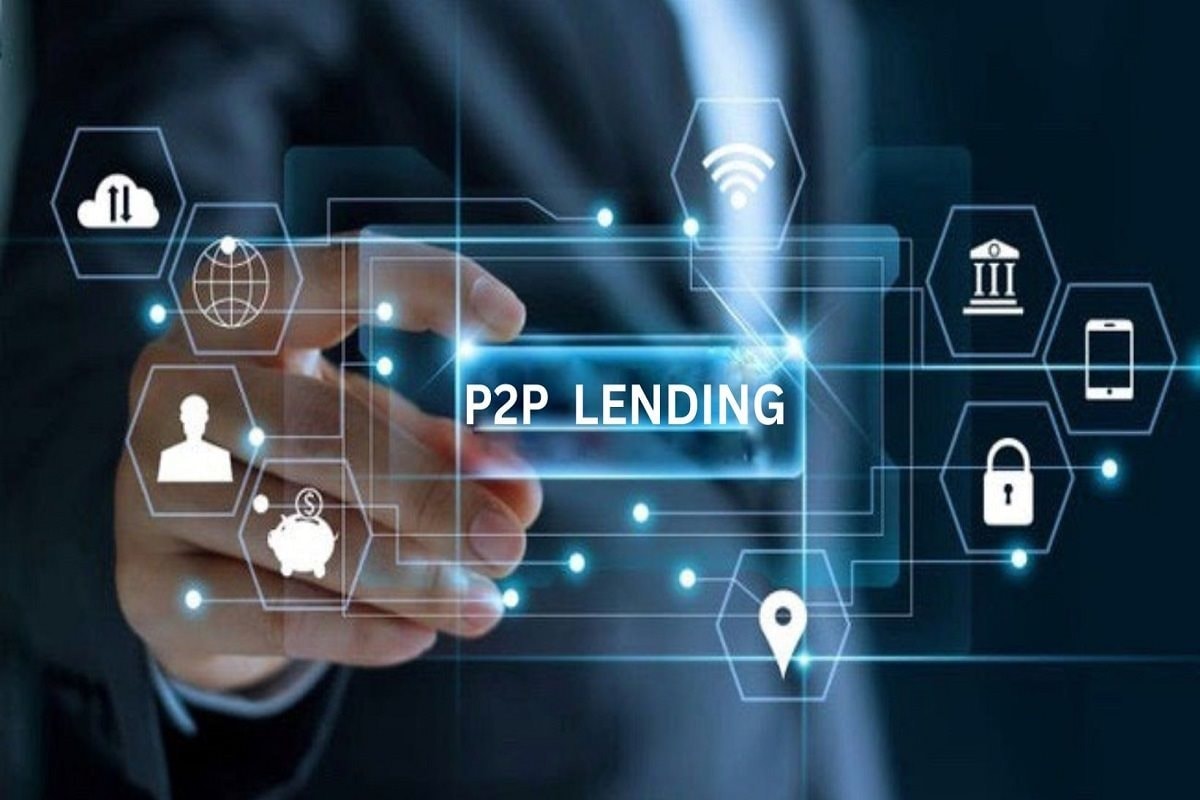Challenges in piloting P2P lending in Vietnam
Some P2P lending enterprises in Vietnam are technologically, financially, and operationally ready—but complying with new pilot regulations presents a different kind of challenge.

This is the view of Mr. Nguyễn Minh Hoàng, a fintech expert and advisor to various P2P lending companies in Vietnam, as shared in an interview with the Business Forum.
– In your opinion, what opportunities and challenges does Decree 94/2025/NĐ-CP present for P2P lending companies operating in Vietnam?
After a long period of operating without a legal framework, Decree 94/2025 opens up the opportunity to establish a new order in Vietnam’s P2P lending market. Enterprises participating in the pilot program will operate under the supervision of the State Bank of Vietnam (SBV), which helps enhance transparency, risk control, and rebuild market trust.
Joining the sandbox means that companies must meet criteria related to legality, technology, innovation, and contribution to financial inclusion. This is a chance for companies to “legitimize” the P2P model, receiving a testing certificate from the SBV—an essential condition for appearing officially on global platforms like the App Store or Google Play, where they were previously restricted.
However, the challenges are significant. The requirements for entering the sandbox are quite strict, and not all companies, especially pure tech firms or those lacking financial experience, can meet them. Furthermore, being admitted into the sandbox does not guarantee a business license when the formal legal framework for P2P lending is enacted.
Core issues such as interest rate control, bad debt handling, and the protection of lenders and borrowers still lack clear guidance. Low debt repayment awareness among some users and the existence of “debt dodging” groups pose additional risks.
On top of that, unhealthy competition from illegal “black apps” operating outside regulatory oversight undermines the market's image and creates difficulties for legitimate companies trying to build trust.
– What do P2P lending companies need to prepare in terms of legal, technological, and operational aspects to participate in the pilot program under Decree 94/2025?
Decree 94/2025 clearly outlines legal conditions: companies must be legally established entities in Vietnam, meeting criteria related to business type, governance, technical capabilities, accountability, and maintaining compliance throughout the pilot process.
On the technology front, companies need innovative solutions that promote financial inclusion, along with stable technical systems and transparent operating procedures. In reality, many current players already have fairly complete technology platforms and processes, but these must be reviewed and upgraded to meet the new standards.
The preparation is not just to “enter the sandbox,” but to lay a foundation for long-term development. Companies need to establish a transparent, compliant operating ecosystem capable of adapting to a future, fully-formed legal framework. This is a long-term endeavor requiring serious investment.
– How would you assess the current readiness of domestic P2P lending companies?
Some companies are technologically, financially, and operationally prepared. They have stable apps on public app stores and experienced teams. However, being ready under old standards is entirely different from meeting the rigorous requirements of Decree 94/2025.
Since 2016, Vietnam’s P2P lending market has grown rapidly, but mostly in a spontaneous, unregulated way. Many companies have operated by “bypassing” the law—registering as pawnshops, financial brokers, or investment advisors. This has distorted the market, resulting in model abuses, exorbitant interest rates, hidden fees, and even loan recovery practices akin to organized crime, severely damaging consumers and fintech’s reputation.
Decree 94/2025 introduces a strict legal filter. Conditions like banning foreign capital in P2P lending activities, requiring risk management capacity, and demanding transparent governance will force many companies to undergo comprehensive restructuring to qualify.
Only those with a long-term vision, solid resources, and genuine commitment will be able to meet the criteria and survive sustainably in the sandbox. This is a necessary filtering process but also a challenging puzzle requiring collaboration between businesses and regulators.
– How can participation in the sandbox help P2P lending companies enhance credibility and grow in the face of tightening competition and regulation?
The sandbox is a strategic opportunity for P2P lending companies to build credibility. Being monitored and certified by the SBV clearly distinguishes legitimate businesses from disguised operations. A controlled testing mechanism helps rebuild trust among both borrowers and lenders—something sorely needed after the market was tainted by black credit models.
In particular, requirements for regular reporting and accurate public disclosure will force companies to be more transparent. Transparency is key to attracting investors and retaining users. The more transparent a company is, the greater its competitive advantage and its potential to raise domestic capital or form international partnerships.
However, it is important to note that the sandbox is not an official business license. Companies still need strong technology, operational processes, and compliance capabilities to sustainably “step out of the sandbox” when a full legal framework is introduced.
It is crucial for the SBV to establish a clear transition roadmap after the two-year pilot period, to prevent legal risks and uncertainty among companies. If operated flexibly and transparently, the sandbox will not just be a temporary solution, but a solid launchpad for building a transparent, safe, and long-term thriving fintech ecosystem in Vietnam.
Thank you very much!








